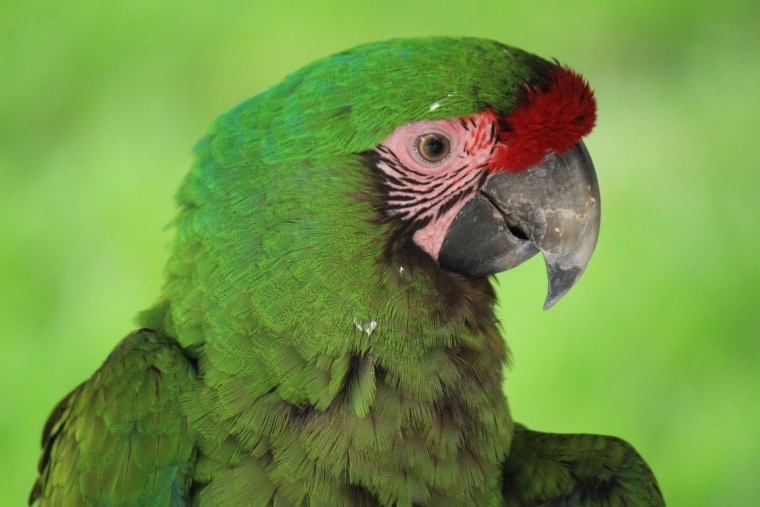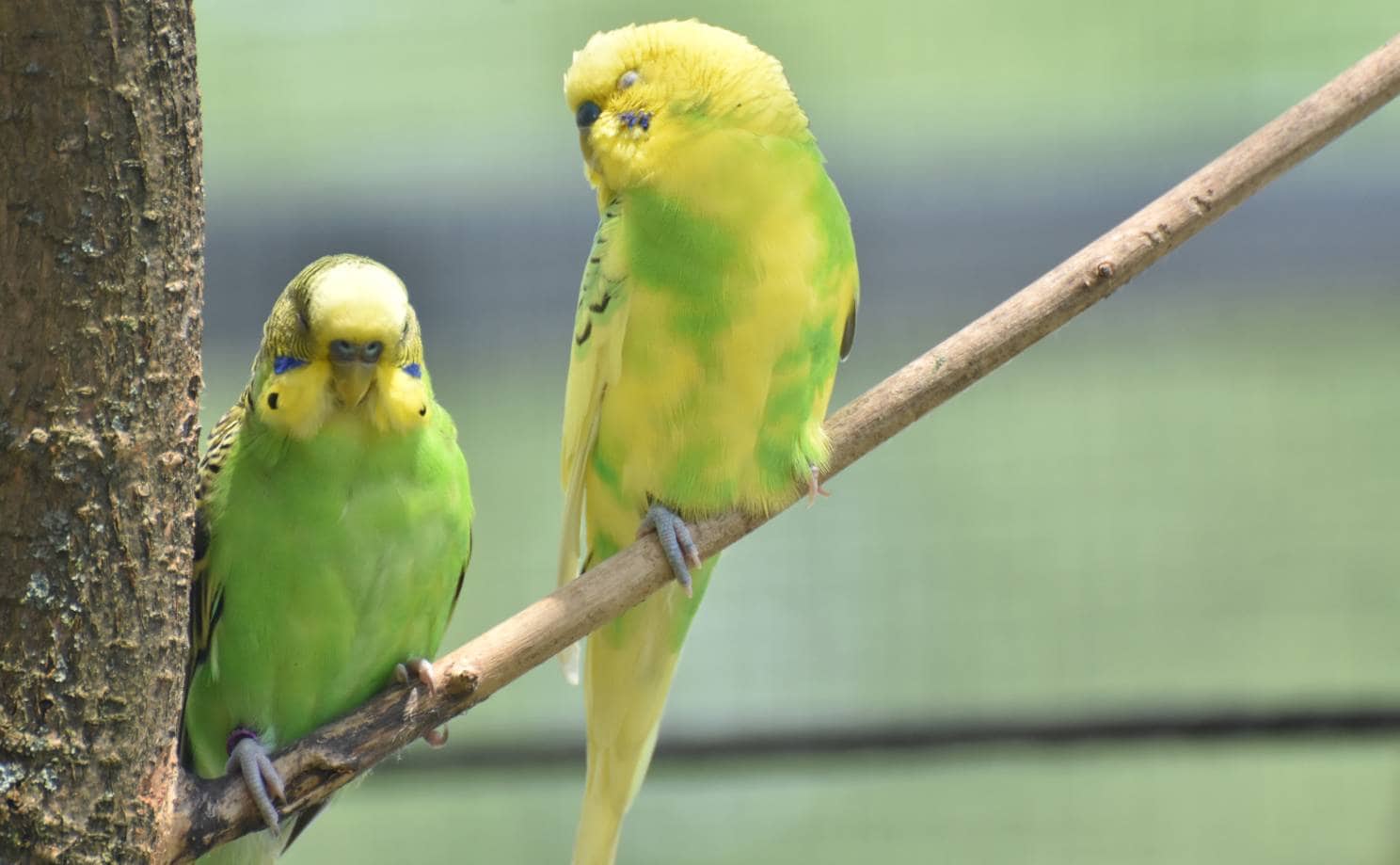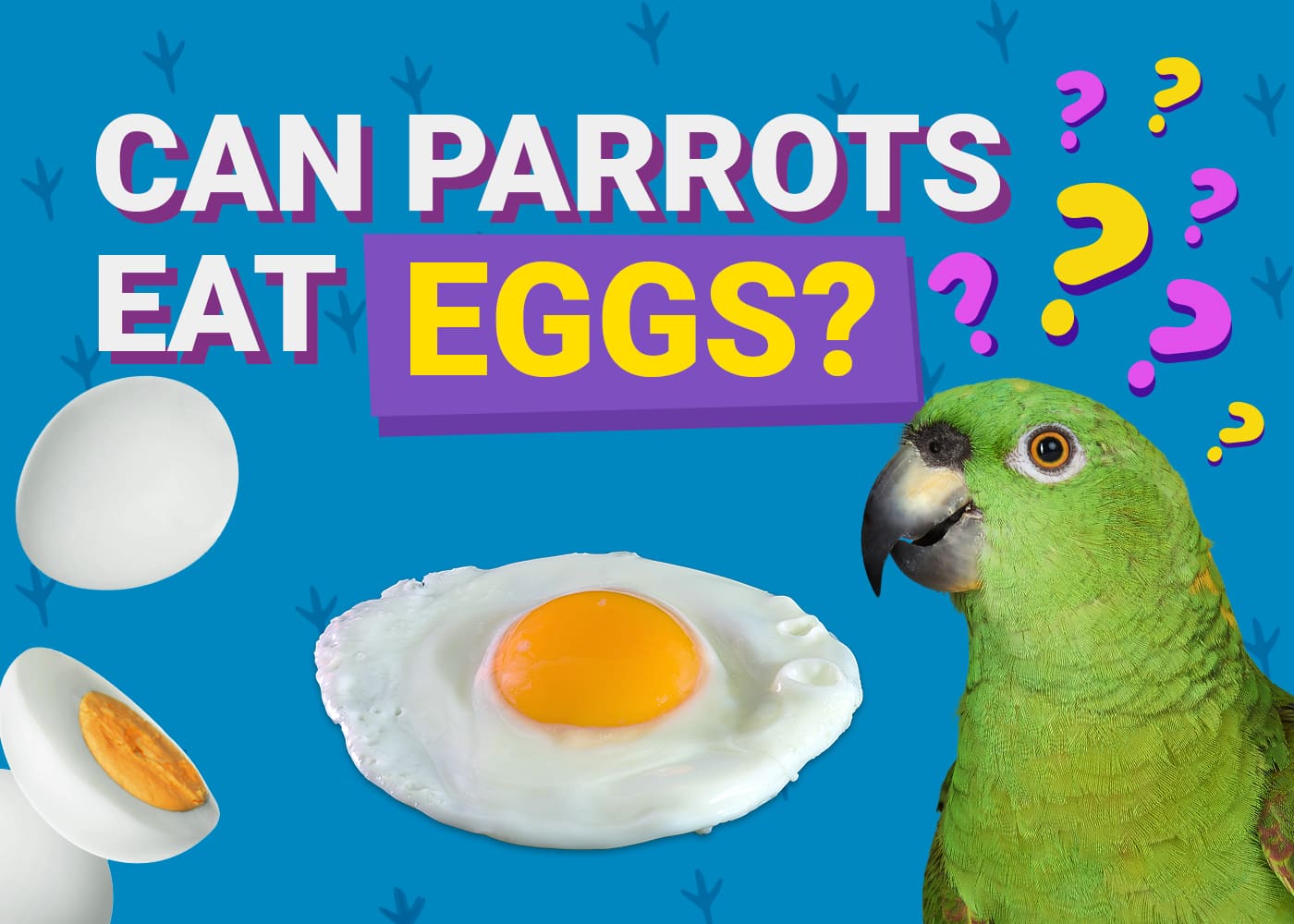
The great green macaw is found high in the trees of the tropical forests and evergreen rainforests of Central and South America. They’re the second-largest macaw in the world and have been considered endangered by the United States since 2015. Loss of their natural habitat contributes to this status, along with the birds often being captured and sold as pets.
This macaw’s plumage makes them easily noticeable in the wild. Let’s look at a few interesting facts about this bright and beautiful bird.
Species Overview
| Common Names: | Great green macaw, Buffon’s macaw |
| Scientific Name: | Ara ambiguus |
| Adult Size: | 33.5 – 35.5 inches long |
| Life Expectancy: | 50 – 70 years |
Origin and History
Native to South and Central America, the great green macaw was first described and documented in 1801. For almost 200 years, the great green macaw was incorrectly scientifically labeled. They were scientifically named Ara ambigua in 1811. It wasn’t noticed until 2004 that “Ara” in Latin is masculine for “macaw”, while “ambigua” is feminine. The name was changed to Ara ambiguus to be grammatically correct.

Temperament
The great green macaw is a social bird. While they can get somewhat aggressive around the breeding season, they’re otherwise even-tempered and like to be near other birds. You’ll find them in pairs or small groups in the trees of their natural habitat. They are inquisitive, intelligent, and more confident than other macaws. With a vivacious and active personality, this bird requires a great deal of socialization to be happy. If they don’t get proper attention, they can develop behavior issues. They are affectionate and loving, often preferring just one person or a macaw mate with which to bond.
Speech & Vocalizations
The great green macaw can talk and will mimic words and other sounds that they hear inside and outside. They can learn and say around 15 words. Their screeches and calls can be ear-piercingly loud, especially if they’re agitated. They squawk, often making a loud “rawk” sound as they fly overhead. These sounds often give their locations away in the high trees of tropical forests. If this bird is in your house, you’ll definitely know when they want your attention.
Great Green Macaw Colors and Markings

The great green macaw has distinctive coloring and markings. Being one of the largest parrots, they’re easily spotted by the bright green feathers that cover their stocky bodies. The beak is large and dark gray beneath a deep red patch of feathers on the forehead. Their faces are bare-skinned and pale, lined with red or black feathers. When the macaw is excited or agitated, their pale facial skin turns red. The lower back, edges of the wings, and upper tail feathers are turquoise, leading down to long lower tail feathers of brownish-red. The bottom tail feathers are yellow and green. Their legs and feet are dark gray. There is no visible difference between males and females in coloring.
Caring for the Great Green Macaw
If you want to keep a great green macaw, there are certain things to provide the bird for them to have a happy and healthy life. These macaws need a large amount of room. Ideally, they should be kept in an aviary where they can fly. If that’s not possible, a cage will work if it’s large enough for them to be comfortable. No less than 3 feet wide or tall will do if the bird is let out of the cage for a minimum of 2–3 hours per day. They should not spend all day in their cage because they don’t like to be alone. It will stress the bird and cause them to act out by biting, screeching, or feather-pulling. They enjoy being affectionate with their owners, stretching, and preening outside of their cage. Sturdy perches should be placed in the cage next to mounted feeding cups. Make sure to include plenty of toys to keep your macaw entertained. A playpen is also good to give your bird a place to go outside of the cage. They are strong chewers and will chew anything they can, so wood toys and ropes will help keep them happy.
Something to keep in mind is the mess that this bird will make. Their cage, perches, and food cups will need to be regularly washed and disinfected. Any soiled toys need to be cleaned or replaced. This can be a costly endeavor.
Other expenses include proper housing, food, toys that are regularly rotated in and out of the cage, and veterinary costs. The great green macaw is also prone to certain health issues.

Common Health Problems
The great green macaw is susceptible to several health issues. Proventricular dilatation, also known as macaw wasting disease, is a virus that affects the nervous system. Signs include appetite loss, weakness, weight loss, and head tremors. There is no cure for this condition. The signs are treated with supportive care.
Psittacosis is an infectious disease that can be passed from the bird to humans. Signs to watch for are lethargy, difficulty breathing, diarrhea, and weight loss. Beak malocclusion, sometimes called “scissor beak”, occurs when the upper and lower beak doesn’t close properly, resulting in an uneven beak. If you notice any signs of illness or strange behavior in your macaw, a trip to the vet is in order.
Diet and Nutrition
In the wild, the great green macaw loves to eat hard-shelled nuts. With their strong, large beak, they can easily break through shells of all sizes. They eat bark, seeds, flowers, bulbs, roots, and fruit. They also love mountain almond trees. These trees are their main source of food in their wild habitat and where the birds choose to nest. You should feed your macaw a regular diet that closely resembles what they’d find in the wild. Around 80% of their diet should be a pelleted daily food. The other 20% can be made up of fresh fruits and vegetables every day. Apples, berries, bananas, cucumbers, and sweet potatoes are examples of foods that your bird will enjoy. Avoid chocolate, avocado, rhubarb, fruit pits and seeds, onions, and coffee beans because these are toxic to parrots.

Exercise
This macaw is not that active compared to other birds, but they still need time out of the cage to stretch their wings, walk around, fly, and play. You’ll keep this bird happy by entertaining them with toys, games, treats, and teaching them new tricks. The great green macaw is smart and loves to learn. By providing 2–3 hours (or more!) of mental and physical stimulation each day, you’ll have a happy and healthy bird.
Where to Adopt or Buy a Great Green Macaw
If you’re looking to add this beautiful bird to your home, there are a few places that you can look for one. Parrot breeders sell macaws that have been hand-reared, but most come with hefty price tags. You can expect to pay $3,000–$4,000 for a great green macaw from a breeder. If you’re interested in adopting a bird that needs a home, parrot rescues may have this bird available for a lower price. Macaws find themselves in rescues regularly because people don’t always consider the work that it takes to own this bird. You’d probably be getting an older bird, but you’d also be providing them a loving home.
Conclusion
The great green macaw is a brightly-colored, beautiful bird that is threatened with extinction due to the loss of their habitat and the illegal pet trade. While you may be able to find one of these birds that has been bred in captivity, it requires plenty of space, time, patience, and love to keep them as a pet. Knowing the bird’s requirements for exercise, diet, and play will help you give your macaw a happy and loving home.
Featured Image Credit: Pixabay








